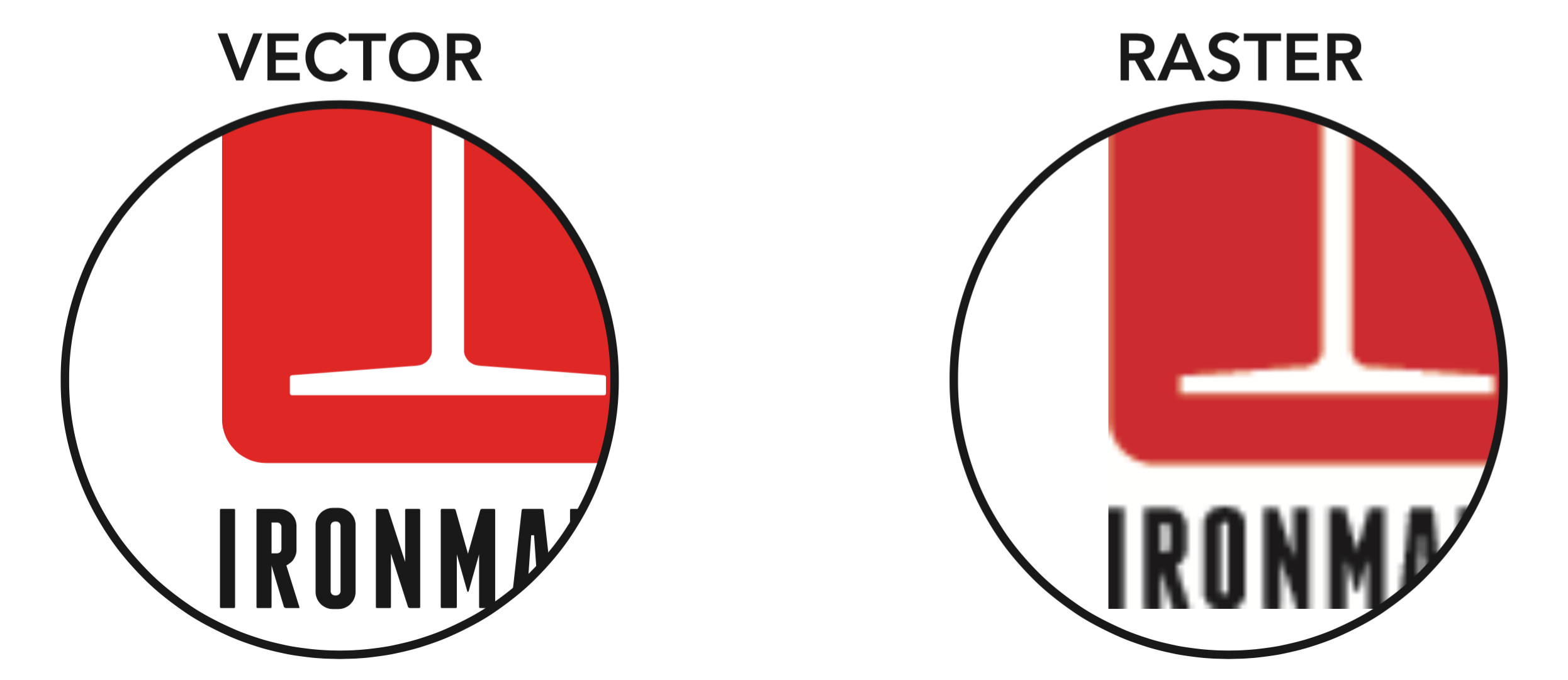

Vector graphics, such as logo files, use intricate paths made up of points and lines to create an image. When zoomed in closely, the individual pixels can be observed.ĭigital graphic files will generally fall into one of two categories-vector or raster. Raster images are made up of many tiny squares called pixels and are often referred to as 'bitmap' images. This makes vector files the best format for graphic assets such as illustrations, icons and company logos, as the same file can be used for designs ranging from a mobile app to a large billboard without sacrificing quality or increasing file size. Vector files, made up of points and lines to create paths, can be scaled up and down without losing quality. … and always gave up before you even started because the supposed complexity stopped you on your tracks, you need to realize that there’s nothing mysterious about all of that.What is the difference between vector and raster files for graphics?.a mock-up for that great app idea you had.an exciting logo for your amazing start-up.an icon set that you can share with the world.a whimsical illustration for your boy’s birthday party.If you’ve ever dreamed of being able to create: The truth of the matter is that you can learn the basics of vector graphics design in about an hour and start putting them into practice straight away. Have questions? We’re here to help you look your best in every format. Ultimately, format selection boils down to what you’re creating and its intended use.
#Raster file formats software#
Many projects combine raster and vector images together in one publication, which is especially simple in layout software such as InDesign, QuarkXpress, Illustrator, or Photoshop. Converting rasters to vectors is a rather intricate, time-intensive process, so whenever possible, it’s best to create original art in both formats or to stick with vector-based graphics. Here you can select the format you wish to export your design into. If you have a vector format and need raster instead, files can be converted by using the “export” function rather than the “save” function.
#Raster file formats professional#
Most professional designers can save art to both raster and vector graphic file types.
Vector art is preferred for logos, illustrations, insignia, fonts, or high-quality clip art. Vector graphics can be created using programs such as Gravit Designer, Affinity Designer, Corel Draw, and Adobe Illustrator, and file types include. Vector designs can be printed as small as a keychain or as large as a billboard without any distortion, and the files are often much smaller, so they are easy to transmit between computers or over the Internet. This allows designers to create art that is clean, camera-ready, and can be scaled infinitely without any loss of quality. In vector-based graphics, the image is not described by pixels but by mathematical concepts (points, lines, and shapes). Raster graphics are typically acceptable for digital publication but may not work well in printed projects unless images are saved at a high DPI (dots per inch), so the quality doesn’t suffer during the printing process. Raster images are best for photos or when you want rich, complex color blends. Raster graphics can be photos or graphic files created in Adobe Photoshop, Paint Shop Pro, and other Raster editing programs, and the basic file types are. As an image is expanded, you may notice the edges of your artwork becoming distorted or as you zoom in, the image deteriorates until you’re left with a jumble of colored squares.

Raster-based graphics are resolution dependent, which can present problems when a picture is enlarged. A pixel is simply the smallest addressable element of a graphic represented on the screen. Raster-based graphics are comprised of tiny squares called pixels. So, what is the difference, and (more importantly!) why does it matter? Here’s a quick overview. Computer graphic formats can either be vector- or raster-based, and the type of file you use can make a substantial difference in the quality of your final printing. When you begin submitting designs for printing, there may be confusion about the type of art files needed.

#Raster file formats how to#


 0 kommentar(er)
0 kommentar(er)
